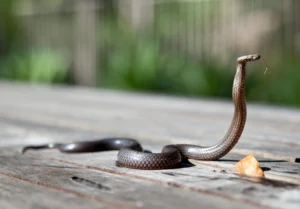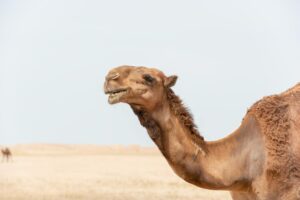The series of endangered animals 3 : Javan rhinoceros

The Javan rhinoceros, also known as the lesser one-horned rhinoceros, is one of the most critically endangered large mammals in the world. It is found only on the island of Java in Indonesia. The Javan rhinoceros is known for its distinctive single horn, which is made of keratin and can grow up to 25 inches long.
These rhinoceroses have a compact and stocky build, with a greyish-brown skin that is heavily folded. They are herbivores and mainly feed on leaves, twigs, and fruits. Javan rhinoceroses are solitary animals and are mostly active during the early morning and late afternoon.
Unfortunately, the Javan rhinoceros has been greatly reduced due to habitat loss and poaching for their horns, which are highly valued in traditional Asian medicine. As of now, it is estimated that there are less than 80 individuals remaining in the wild, making them one of the rarest large mammals on Earth.
- some interesting facts about the Javan rhinoceros:
Size and Physical Characteristics: Javan rhinoceroses are the smallest of all the rhinoceros species. They can reach a length of up to 10 feet (3 meters) and weigh between 3,000 and 5,000 pounds (1,400 and 2,300 kilograms). Apart from their single horn, they have a prehensile upper lip that helps them grasp leaves and twigs.
Habitat: Javan rhinoceroses are native to the dense rainforests and swamps of Java, Indonesia. They prefer habitats with dense vegetation and access to water sources like rivers and mud wallows.
Endangered Status: The Javan rhinoceros is critically endangered, with a population that has drastically declined over the years. In the early 20th century, they were widespread across Southeast Asia, but hunting and habitat loss have led to their decline. Today, they are confined to the Ujung Kulon National Park in Java, Indonesia.
Conservation Efforts: Conservation organizations and the Indonesian government are actively working to protect the Javan rhinoceros. Efforts include habitat restoration, anti-poaching patrols, and community engagement. Captive breeding programs have also been established to increase their population.
Reproduction: Javan rhinoceroses have a slow reproductive rate. Females give birth to a single calf after a gestation period of around 16 months. The calf stays with its mother for several years before becoming independent.
Diet: Javan rhinoceroses are herbivores and primarily feed on a variety of plant materials, including leaves, shoots, twigs, and fruits. They use their lips to pluck vegetation and chew their food

Conservation efforts are underway to protect and increase the population of the Javan rhinoceros. These efforts include habitat preservation, anti-poaching measures, and captive breeding programs. The Javan rhinoceros serves as a flagship species for the conservation of its habitat, which is vital for maintaining the biodiversity of the region.
It is crucial to raise awareness about the Javan rhinoceros and support conservation initiatives to ensure the survival of this magnificent species for future generations.




